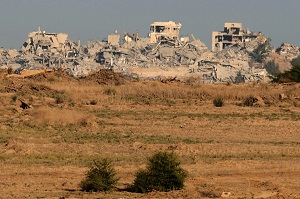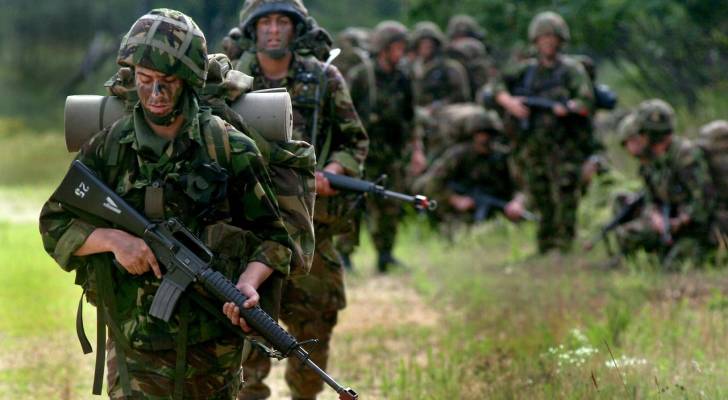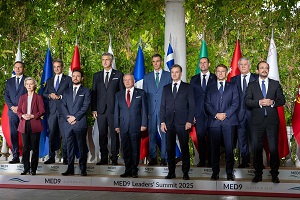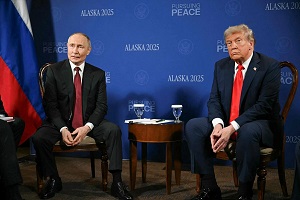After the hostage deal: Gaza's complex ground realities - By Amer Al Sabaileh, The Jordan Times
With the completion of handing over the surviving Israeli hostages, President Trump’s plan to end the war in Gaza has entered its most complex stage, the phase that exposes the real entanglements on the ground, contrasting with the simplicity through which the plan was introduced, focusing mainly on the spectacle of releasing hostages alongside the announcement of Trump’s new Middle East peace vision.
Hamas has now been stripped of its most significant leverage in the hostage file, with only the remains of the dead left to bargain over, a card that may prolong negotiations but cannot alter the new framework imposed on Gaza. The movement is therefore attempting to use the issue of security control and the filling of the security vacuum as a means to compel all parties to engage with it, whether within the framework of maintaining order or in the context of transferring Gaza’s administration to another authority.
Hamas now operates along two parallel tracks: first, continuing the search for the bodies to keep negotiations open; and second, seeking to impose a new reality by stretching the talks and modifying the gradual disarmament process. The key question remains: to whom will the weapons be handed over? Hamas uses this file to obstruct any decisive outcome, refusing to surrender its weapons to an international committee and linking the matter to a political achievement, the establishment of a Palestinian state, after which it would agree to disarm.
As with Hezbollah, the question of disarmament remains the most delicate and dangerous point, the issue that could push the agreement into a deadlock and make the transition to the next stage vulnerable to new waves of violence in different forms. The Gaza solution has become internationalized, and while this internationalization may not yet impose itself fully, it has significantly narrowed the space for local maneuvering.
Thus, the current security arrangements in Gaza appear more tactical than permanent, as such a reality cannot compel international acceptance. On the contrary, it could deepen the risk of intra-Palestinian clashes and further legitimize the idea of internationalization through the deployment of international forces overseeing the transition process, maintaining security and stability on one hand, while overseeing Hamas’s disarmament and the potential reintegration of some of its members on the other.
Meanwhile, Israel’s insistence on retaining the right to carry out military operations and continue strikes inside Gaza shows that peaceful solutions remain absent. In fact, American pressure has achieved for Israel what the war itself could not, freeing it from the political burden of the living hostages’ file.
While Netanyahu remains determined to dismantle Hamas’s military power, the movement still believes it can leverage what remains of its influence to shape Gaza’s future. Despite its repeated denial of any intention to govern the Strip, its political and field behavior suggests the opposite. Hamas is clearly trying to secure a place in post-war Gaza, whether by maintaining internal order, tying disarmament to the creation of a Palestinian state, or re-entering the political scene as an alternative to armed confrontation. In other words, it seeks to compensate for its military losses with political gains.
With negotiations on disarmament reaching an impasse, the conflict in Gaza has entered a new phase, with multiple actors involved, from international forces to scattered Palestinian factions and militias. This evolution takes the conflict beyond the traditional Hamas–Israel confrontation and opens the door to potential Palestinian internal fighting.
Regardless of how the conflict evolves, the international vision has very limited room for maneuver. A genuine global consensus on ending the war effectively means eliminating the weapons and the armed groups themselves, the core idea of the U.S.-imposed peace vision. The current transitional phase offers all parties short-term tactical opportunities, but in the long run, the contours of the final settlement are becoming increasingly clear, both in form and in substance.
Latest News
-
 'Come back quick': Supporters cheer Sarkozy as French ex-leader goes to jail
'Come back quick': Supporters cheer Sarkozy as French ex-leader goes to jail
-
 Trump says MidEast allies ready to 'straighten out Hamas' if asked
Trump says MidEast allies ready to 'straighten out Hamas' if asked
-
 Britain deploys troops to 'Israel' to monitor Gaza ceasefire
Britain deploys troops to 'Israel' to monitor Gaza ceasefire
-
 King attends MED9 Summit, calls for joint action to ensure commitment to Gaza agreement
King attends MED9 Summit, calls for joint action to ensure commitment to Gaza agreement
-
 Lavrov and Rubio discuss Putin-Trump summit, Zelensky seeks invite
Lavrov and Rubio discuss Putin-Trump summit, Zelensky seeks invite